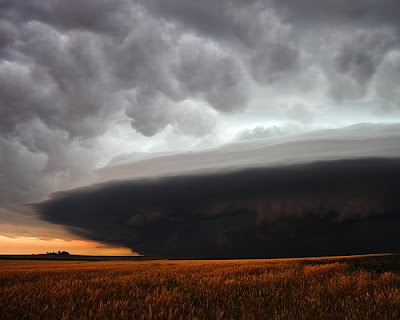
"I can only conclude that I am indeed like a visitor from
non-Euclidean dimensions whose outlines are perplexing to
the Euclidean inhabitants of various dogmatic Flatlands. Or
else, Lichtenstein was right when he said a book "is a
mirror. When a monkey looks in, no philosopher looks out."
Of course, we are living in curved space (as noted by
Einstein); that should warn us that Euclidean metaphors are
always misleading. Science has also discovered that the
Universe can count above two, which should make us leery of
either/or choices. There are eight--count 'em,
eight--theories or models in quantum mechanics, all of which
use the same equations but have radically different
philosophical meanings; physicists have accepted the
multi-model approach (or "model agnosticism") for over 60
years now. In modern mathematics and logic, in addition to
the two-valued (yes/no) logic of Aristotle and Boole, there
are several three-valued logics (e.g. the yes, no and maybe
Quantum Logic of von Neumann; the yes, no and po of
psychologist Edward de Bono; etc.), at least one four-valued
logic (the true, false, indeterminate and meaningless of
Rapoport), and an infinite-valued logic (Korzybski). I
myself have presented a multi-valued logic in my
neuroscience seminars; the bare bones of this system will be
found in my book, _The New Inquisition_. Two-valued
Euclidean choices--left or right of an imaginary line--do
not seem very "real" to me, in comparison to the versatility
of modem science and mathematics. "
Robert Anton Wilson













 Dennis Hollingsworth
Dennis Hollingsworth









